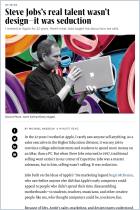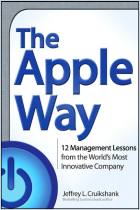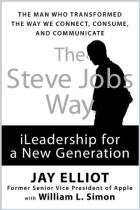
Recommendation
Michael Hageloh, who worked in sales at Apple for 22 years, details how Apple prioritized customer relationships over revenue and put humanity, not hardware, at the heart of its marketing. His narrative pays homage to Steve Jobs, who energized Apple’s account executives by encouraging them to market themselves and to make mistakes fearlessly. Salespeople have the most to gain from this insider’s look at how Apple thrived by focusing on people.
Summary
About the Author
Former full-time musician Michael Hageloh joined Apple in 1988 and spent 22 years there.
By the same author
Learners who read this summary also read
Book
Book
Book
Book
Book



















Comment on this summary or 开始讨论